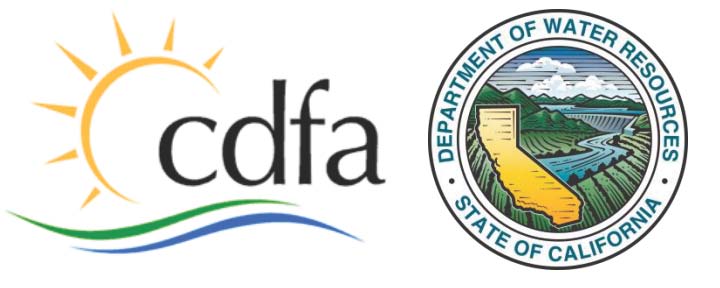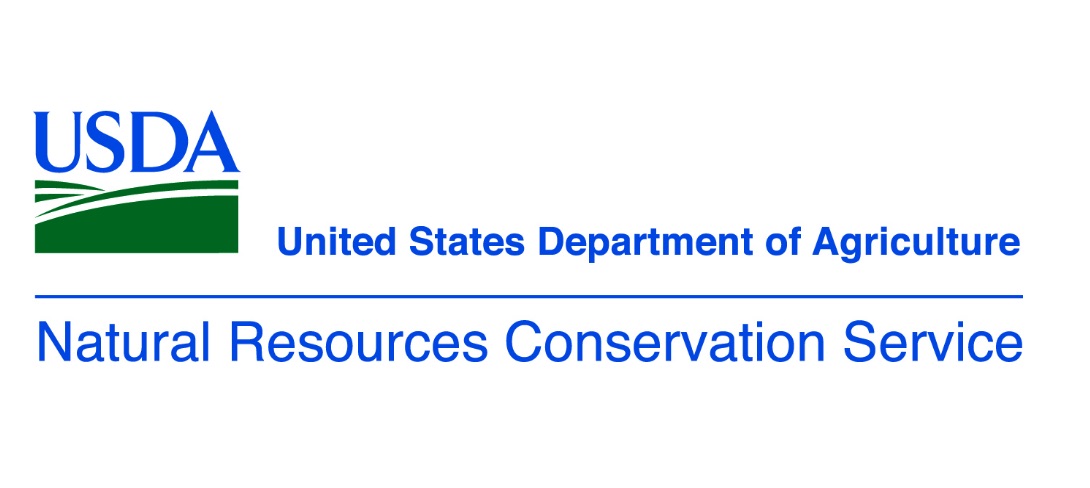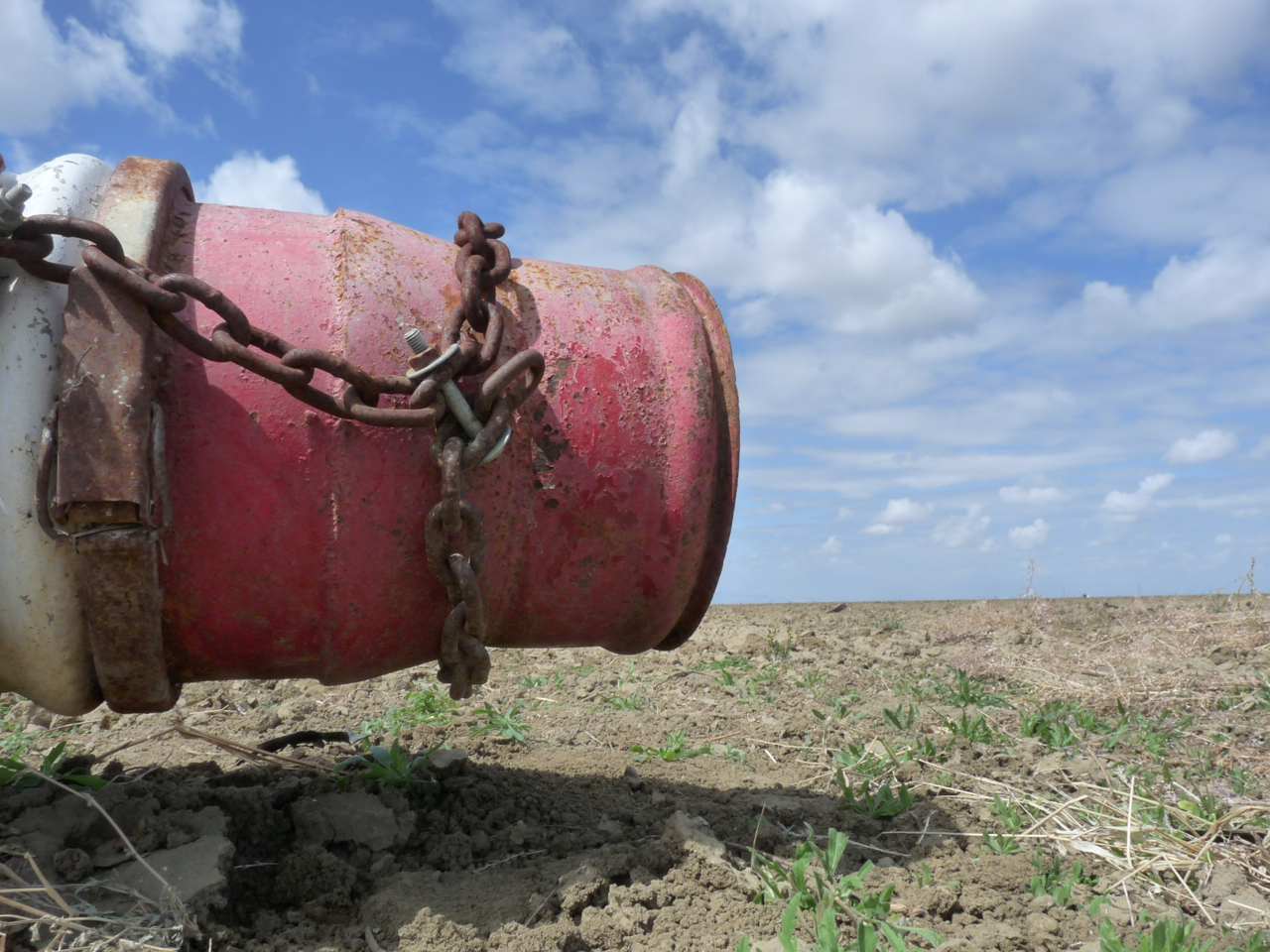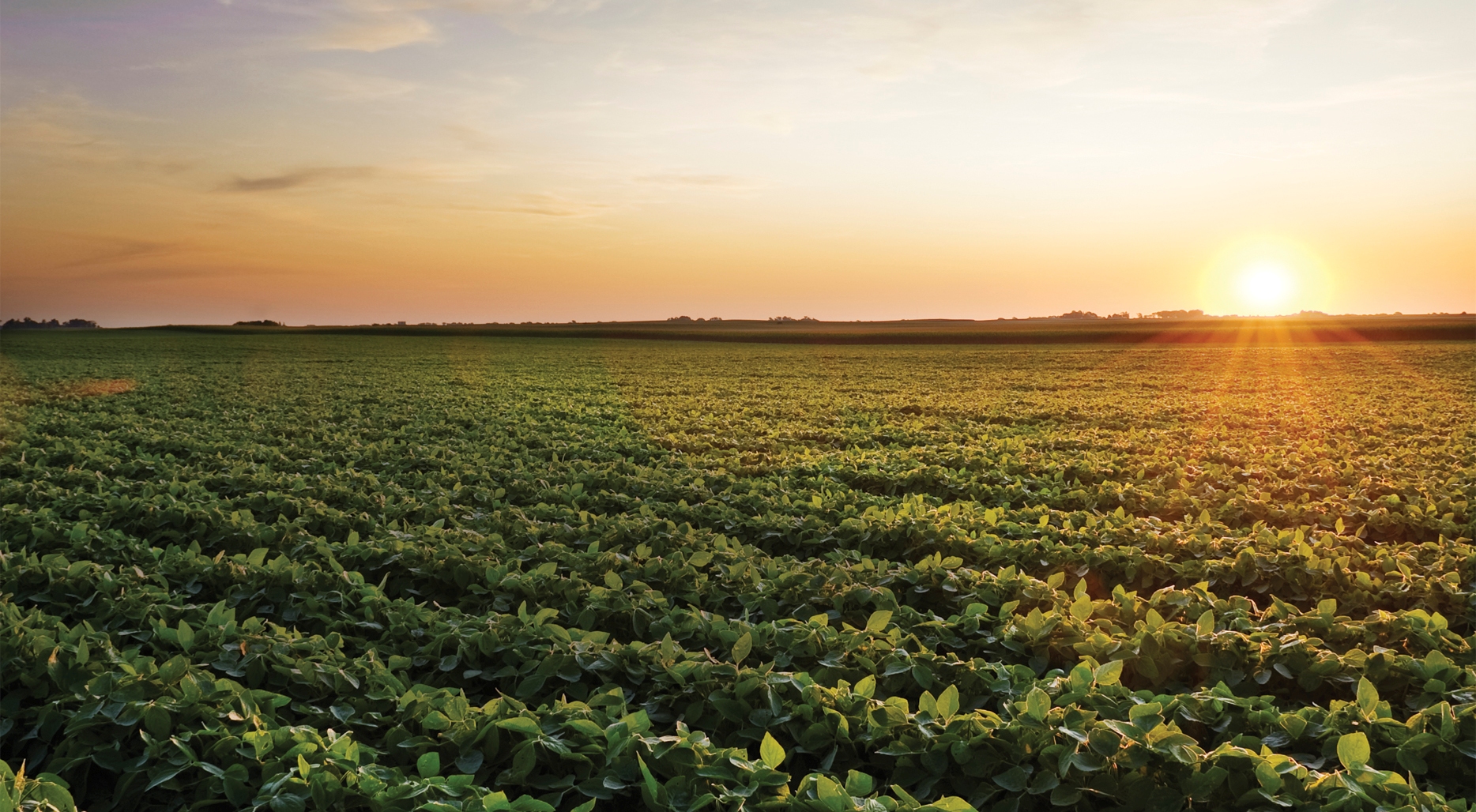Agricultural Water Use Efficiency & State Water Efficiency and Enhancement Program
Agricultural Water Use Efficiency Grant Program
Through a competitive grant program, the Agricultural Water Use Efficiency & State Water Efficiency and Enhancement Program, the California Department of Water Resources (DWR) and the California Department of Food and Agriculture (CDFA) jointly intend to demonstrate the potential multiple benefits of conveyance enhancements combined with on-farm agricultural water use efficiency improvements and greenhouse gas reductions.
The grant funding provided in this joint program is intended to address multiple goals including:
- water use efficiency, conservation and reduction,
- greenhouse gas emission reductions,
- groundwater protection, and
- sustainability of agricultural operations and food production.
It is also anticipated that there will be benefits to water and air quality, groundwater security, surface water conservation, and improved nutrient management and crop health through this program. Excellent proposals will demonstrate the specific regional needs and benefits of their proposals.
Deadline for submitting public comments is September 30, 2016.

Agricultural Water Use Efficiency & State Water Efficiency and Enhancement Program – DWR/CDFA Joint RFP Public Workshops
The program will be administered as a competitive grant program and will include a joint application process involving agricultural water suppliers and agricultural operators within the service area.
Projects that enhance and upgrade the supplier’s water conveyance, delivery and water measurement system to allow on-demand and flexible farm-gate deliveries, reduce spills and losses, increase the efficiency, and improve water management. A water supplier’s proposed project must generate State benefits to be eligible for grant funding.
Benefits to the State include:
- water savings
- increased in-stream flow or improved flow timing
- improved water quality; increased energy conservation
- reduction of greenhouse gas (GHG) emissions
- increased local water supply reliability.
The project must be located within California.
On-farm agricultural operations must achieve both GHG emission reductions and water savings to be eligible for funding. In addition, projects must: (i) use the associated improvements made to the surface water conveyance system proposed by the associated agricultural water supplier as part of the joint application, and (ii) eliminate on-farm groundwater pumping.
To be eligible for funding, projects are not required to be in an adopted Integrated Regional Water Management Plan or to comply with that program, but preference will be given for projects that are.

Applicants that are agricultural water suppliers and/or urban water suppliers should inquire for further information.
DWR has set aside $3 million from Proposition 1 to incentivize the water conveyance component of this joint agricultural water use efficiency and enhancement program. Proposition 1 requires that agricultural water suppliers provide a 50% cost share of total project costs.
CDFA has also set aside $3 million from the Southwest Energy Efficiency Project (SWEEP) to incentivize the installation of irrigation systems that save water and reduce greenhouse gases on farms in the area that will directly benefit from the conveyance system incentivized by DWR. The maximum grant award per agricultural operation is $200,000 with a recommended, but not required, 50% match of the total project cost. CDFA reserves the right to offer an award different than the amount requested.
Separate contracts with each department will be necessary to receive both sets of funds. A joint proposal may include a request for up to $3 million for the water supplier’s conveyance upgrades (to be funded by DWR) and up to $3 million for enhancements of on-farm agricultural operations to be funded by CDFA (with a cap of $200,000 per operation). This would allow for 15 agricultural operations (at $200,000 each) to partner with the water supplier to submit the joint proposal at the maximum award amount of $6 million. More than 15 agricultural operations could be funded if amounts lower than the cap are requested in individual agricultural operator applications.




















